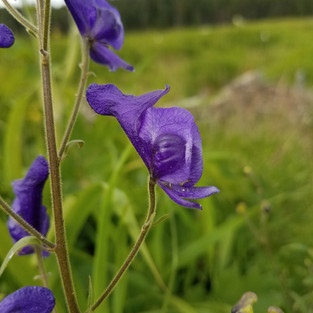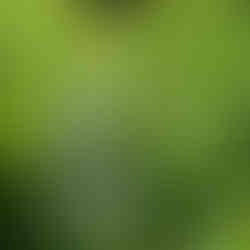Columbian Monkshood (Aconitum columbianum) is a forb that is native to Western United States and Canada. It can grow in fine, medium, or coarse soil but requires a moist environment and can be found in wetland, wet meadow, and riparian areas. It spreads by seed only, and is tolerant of some shade.
Life Cycle: Perennial
Bloom Color: Blue
Bloom Time: Early Summer
USDA PLANTS Database Link



















